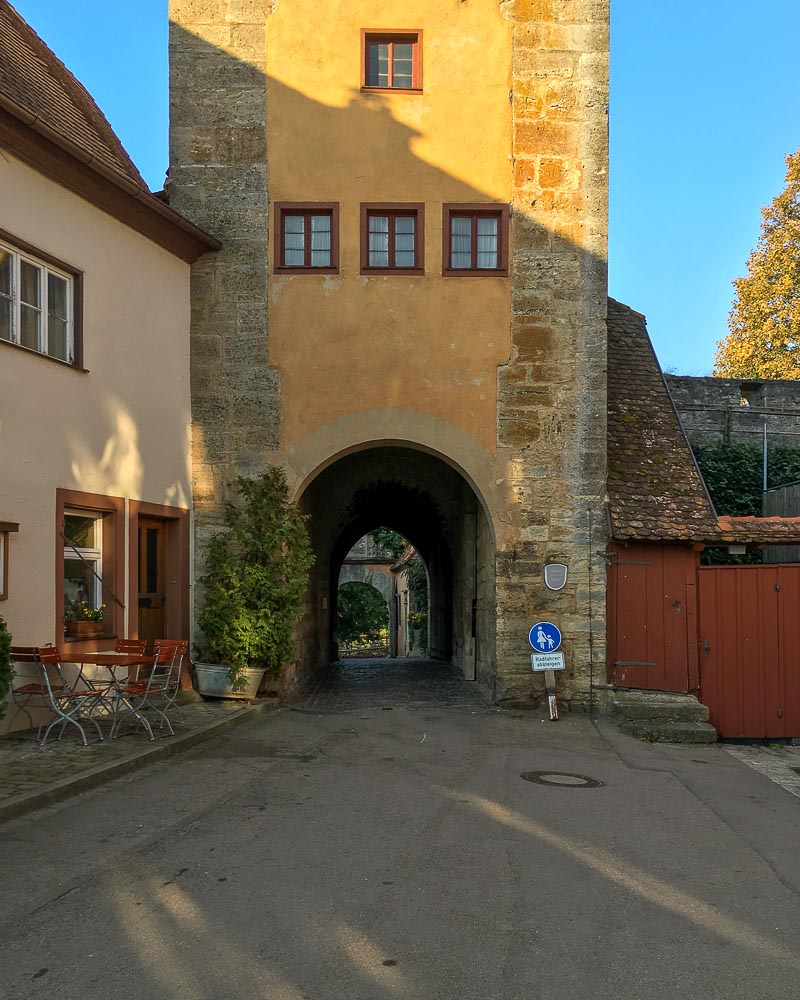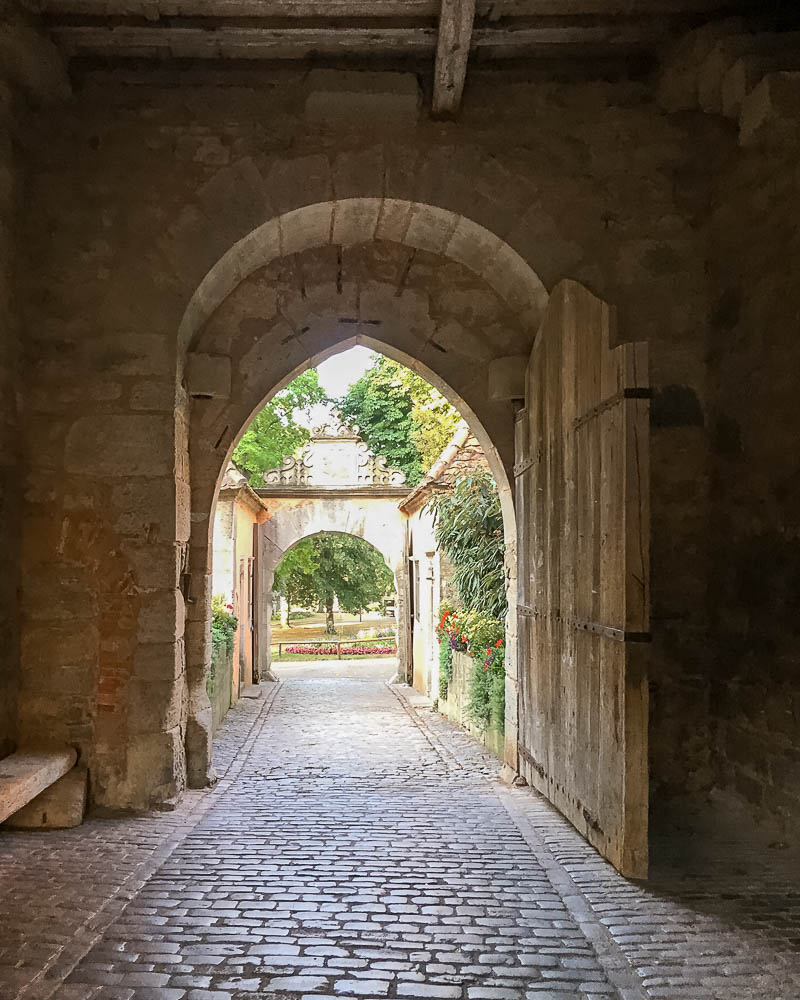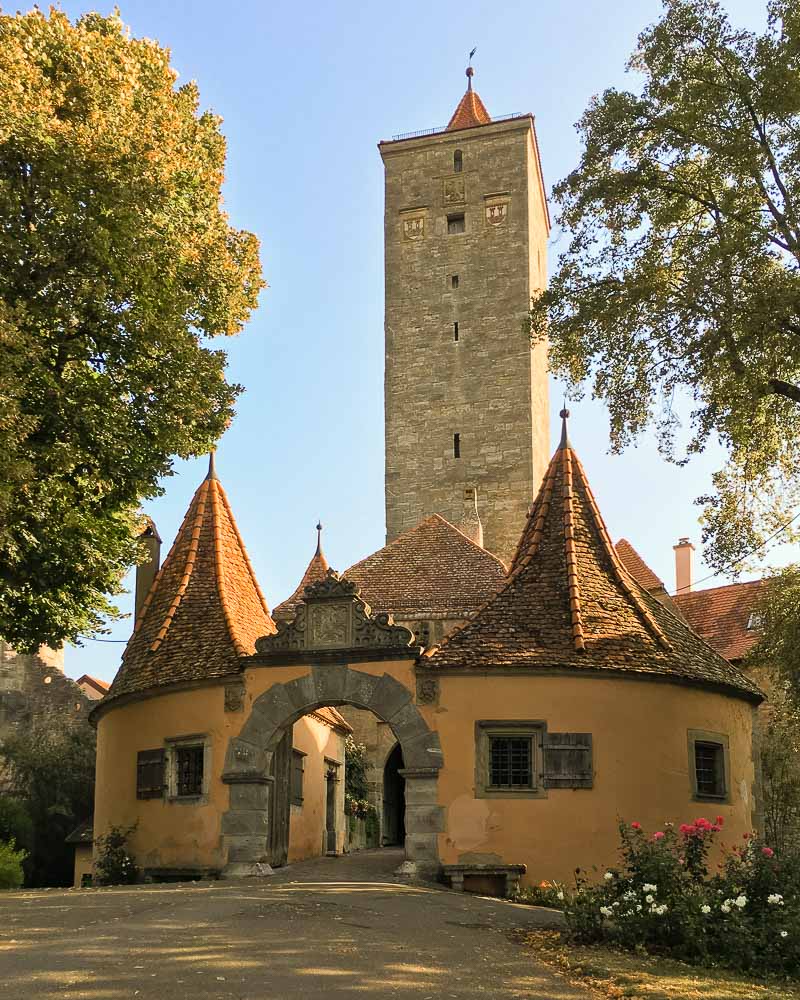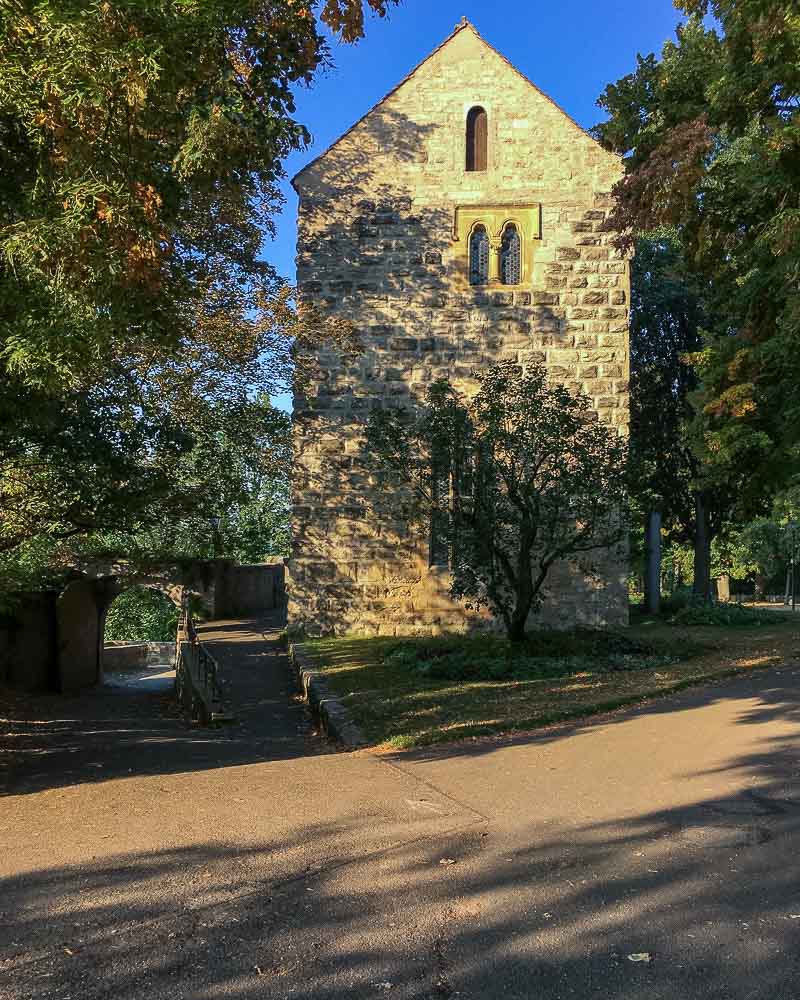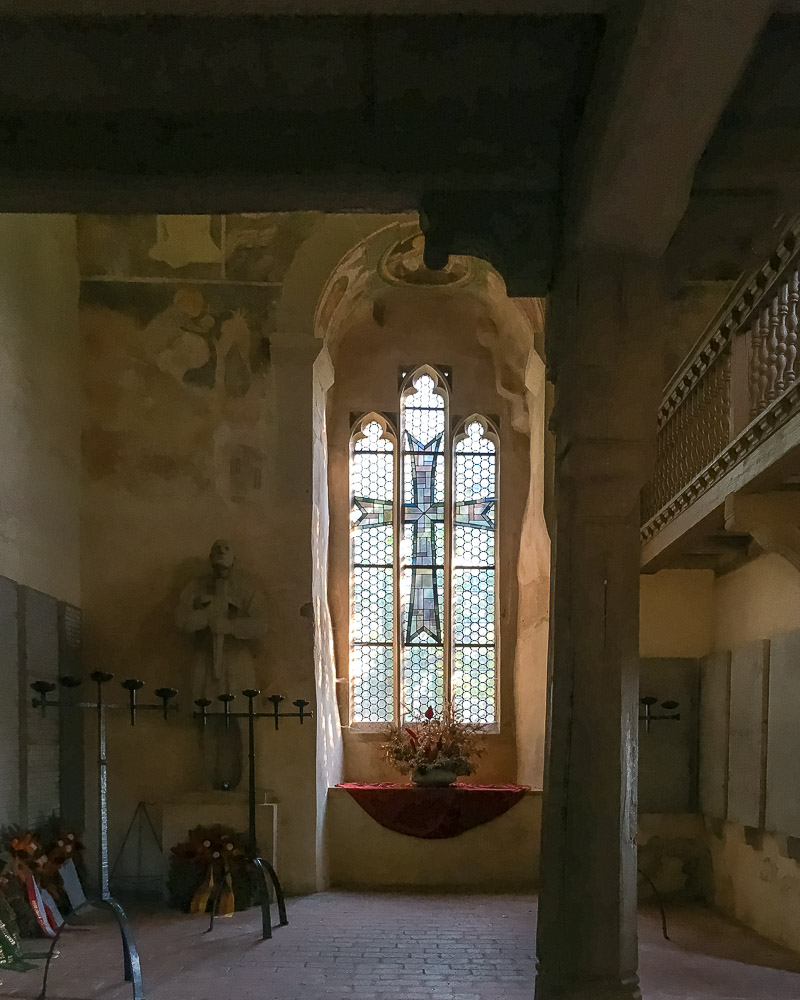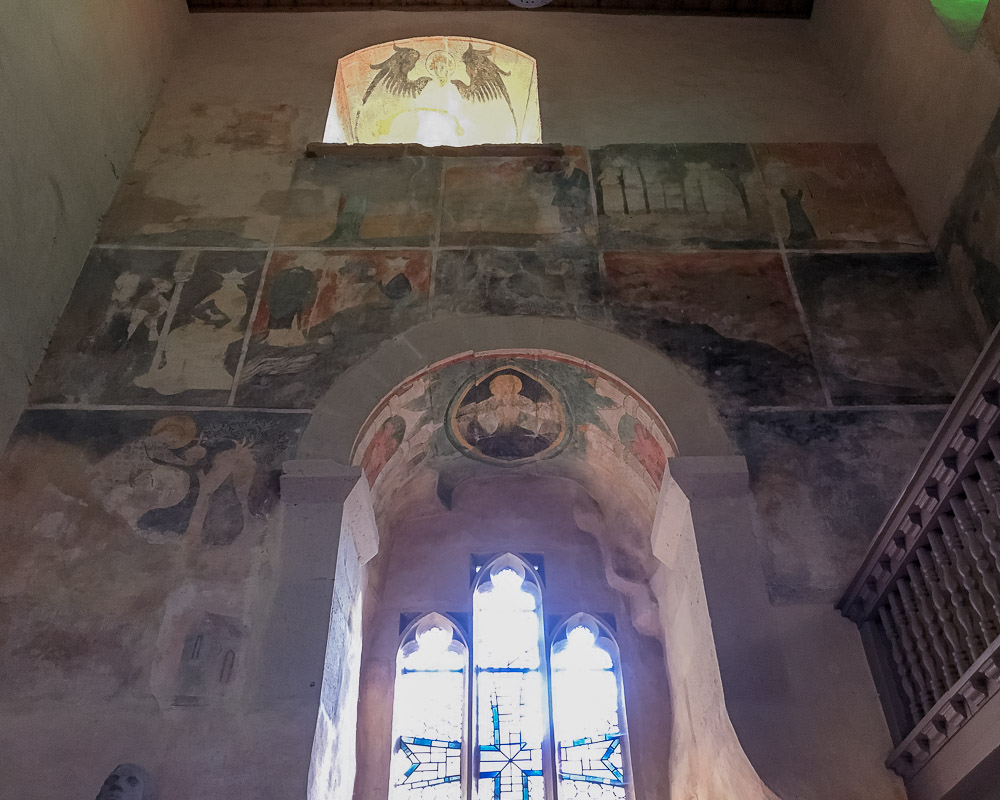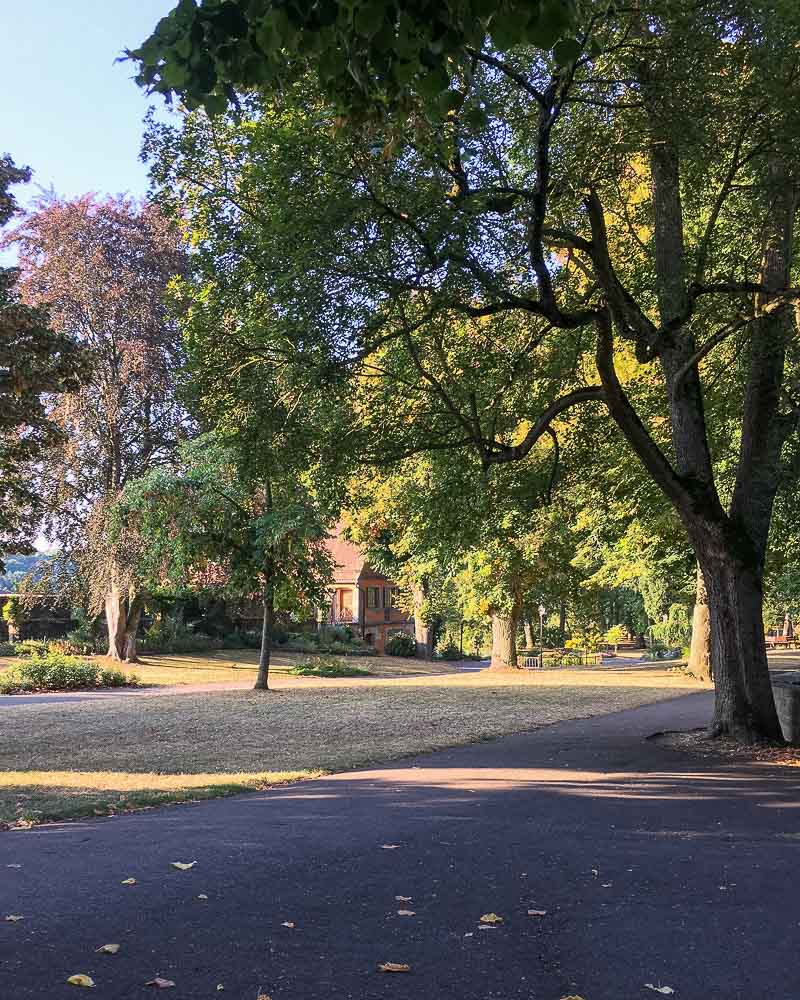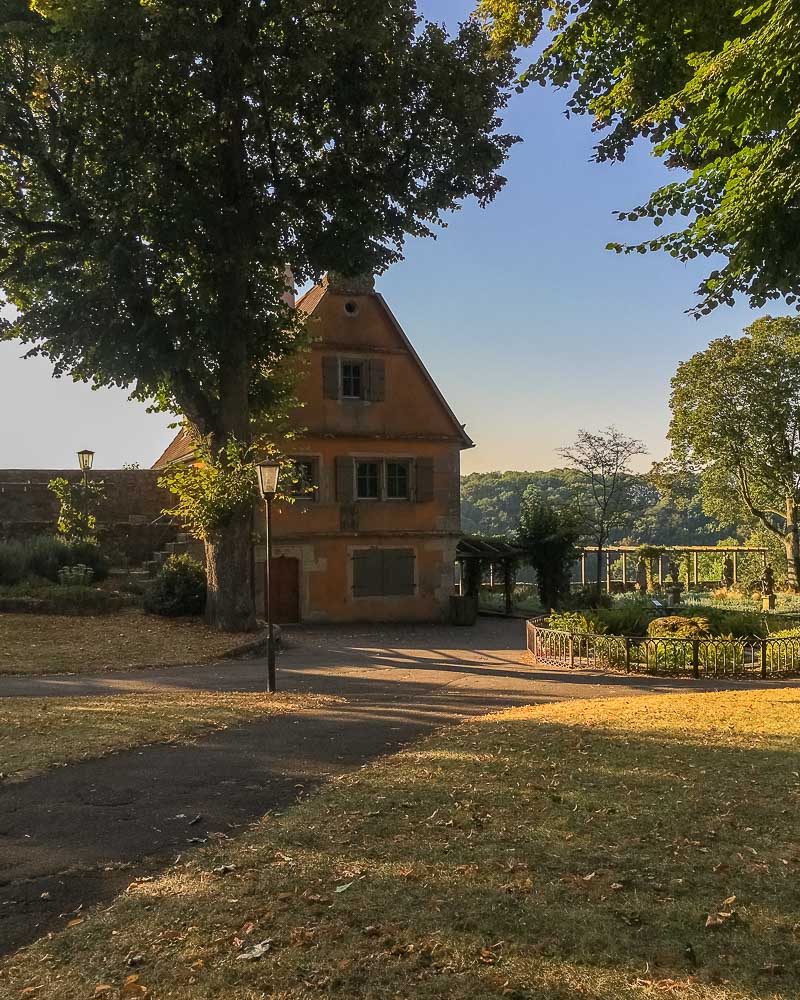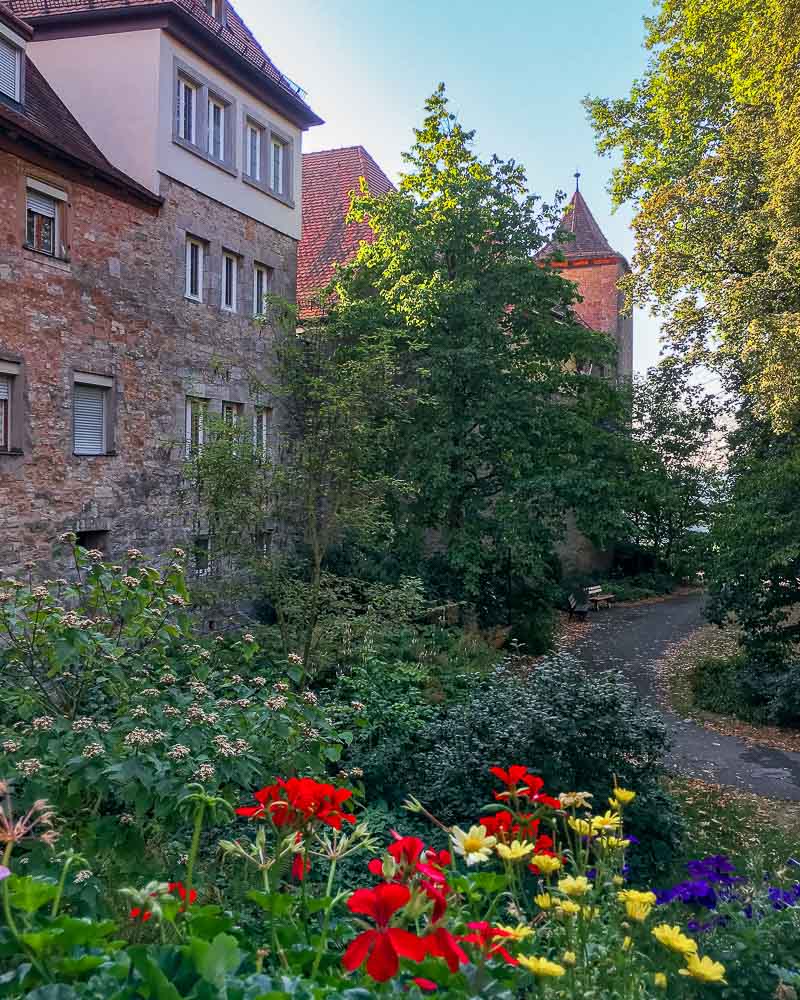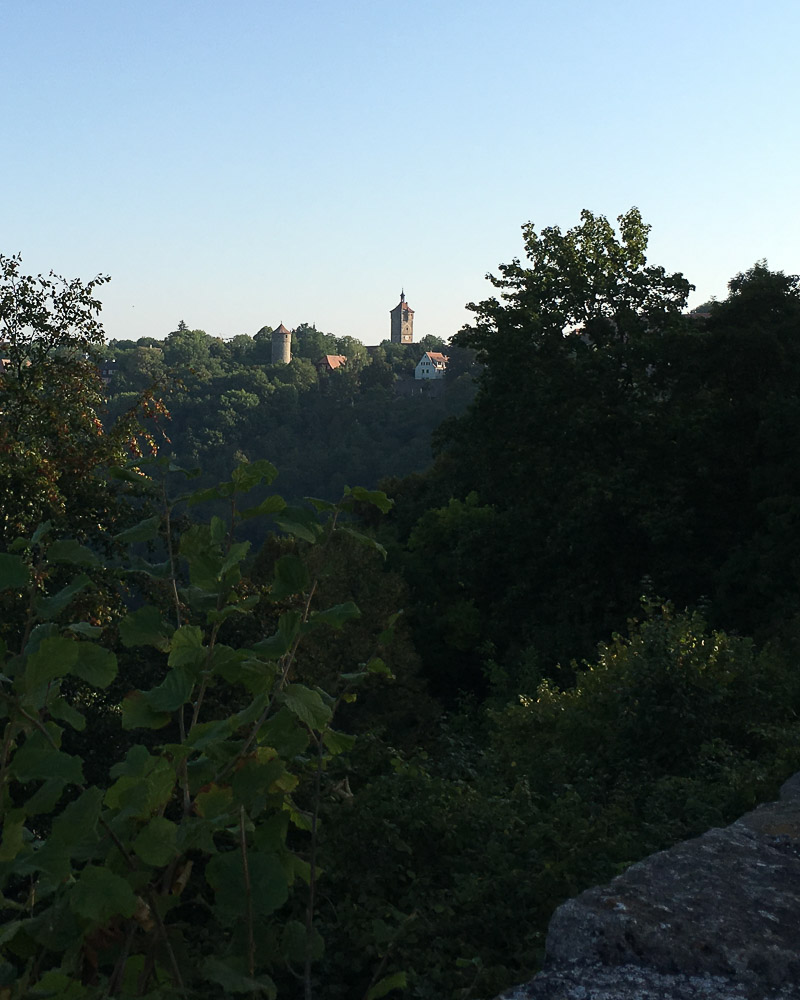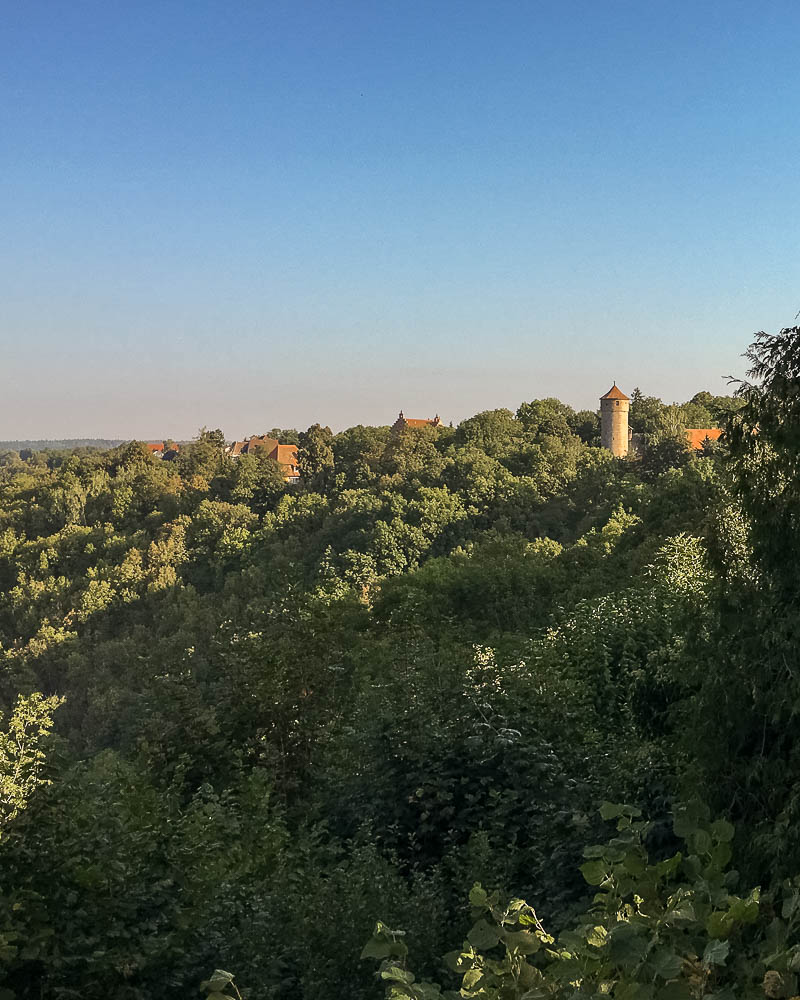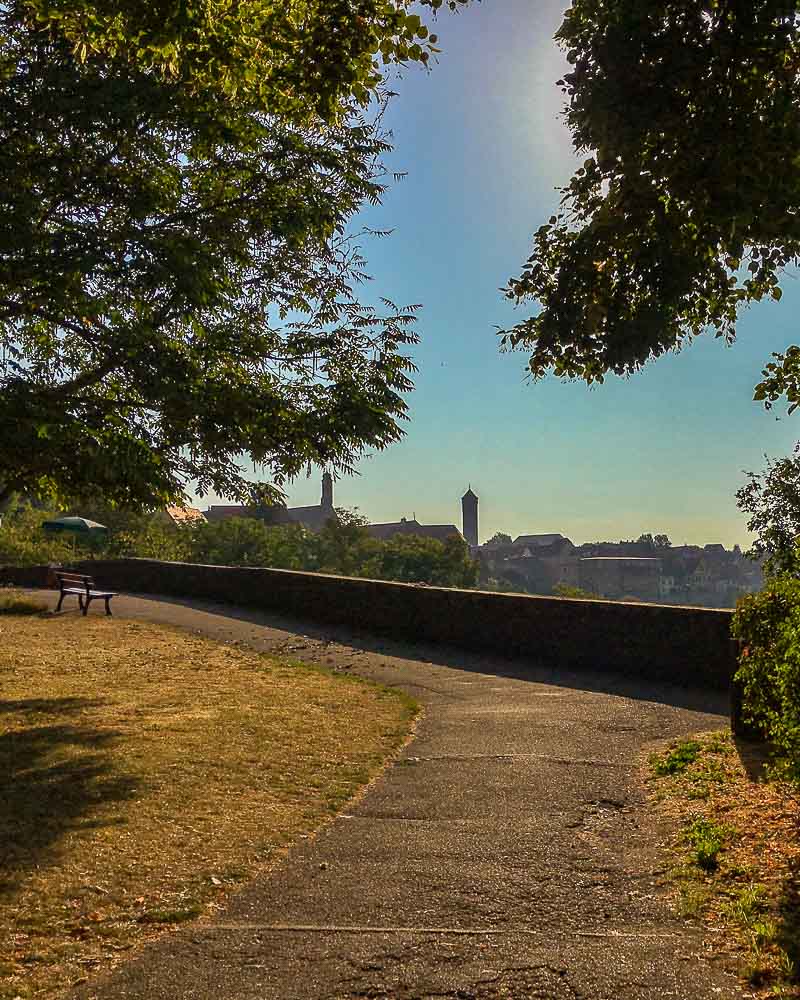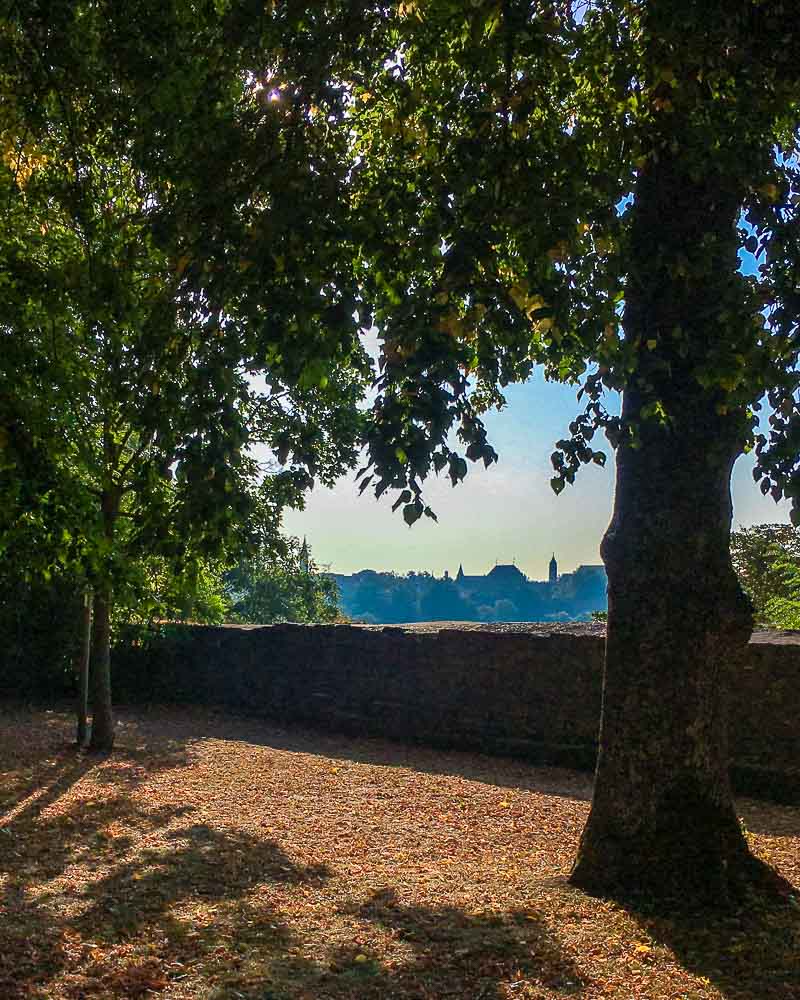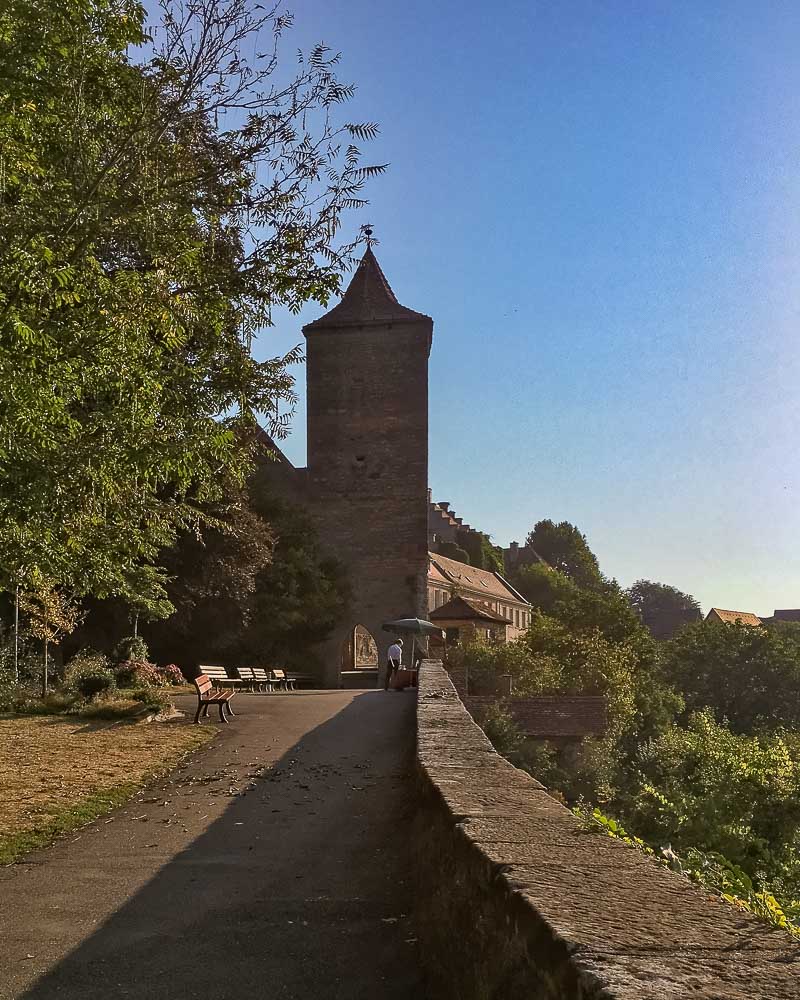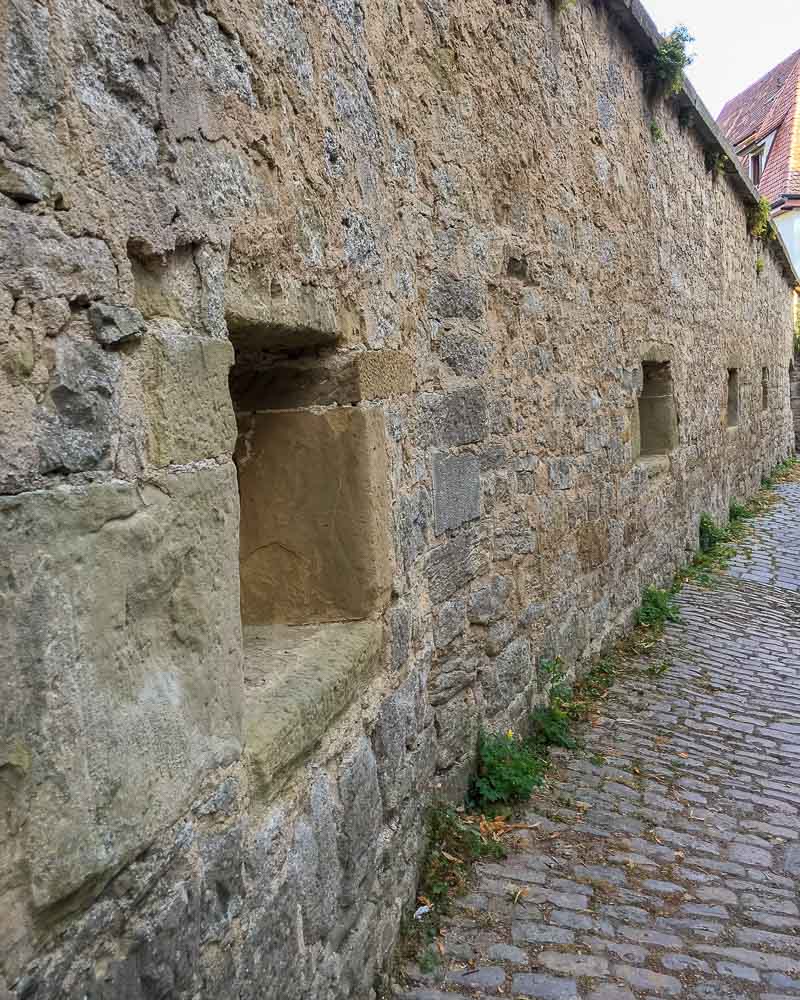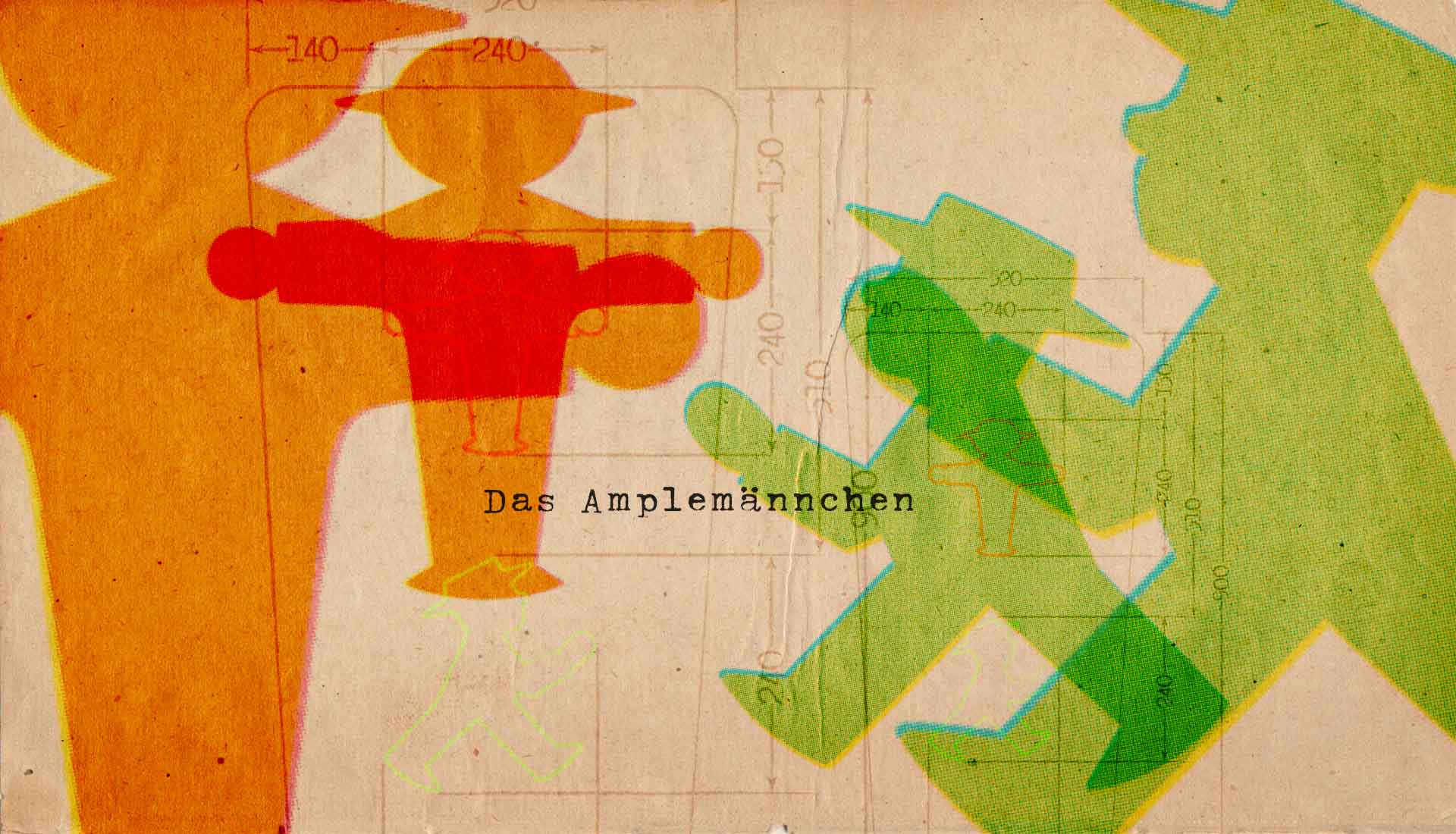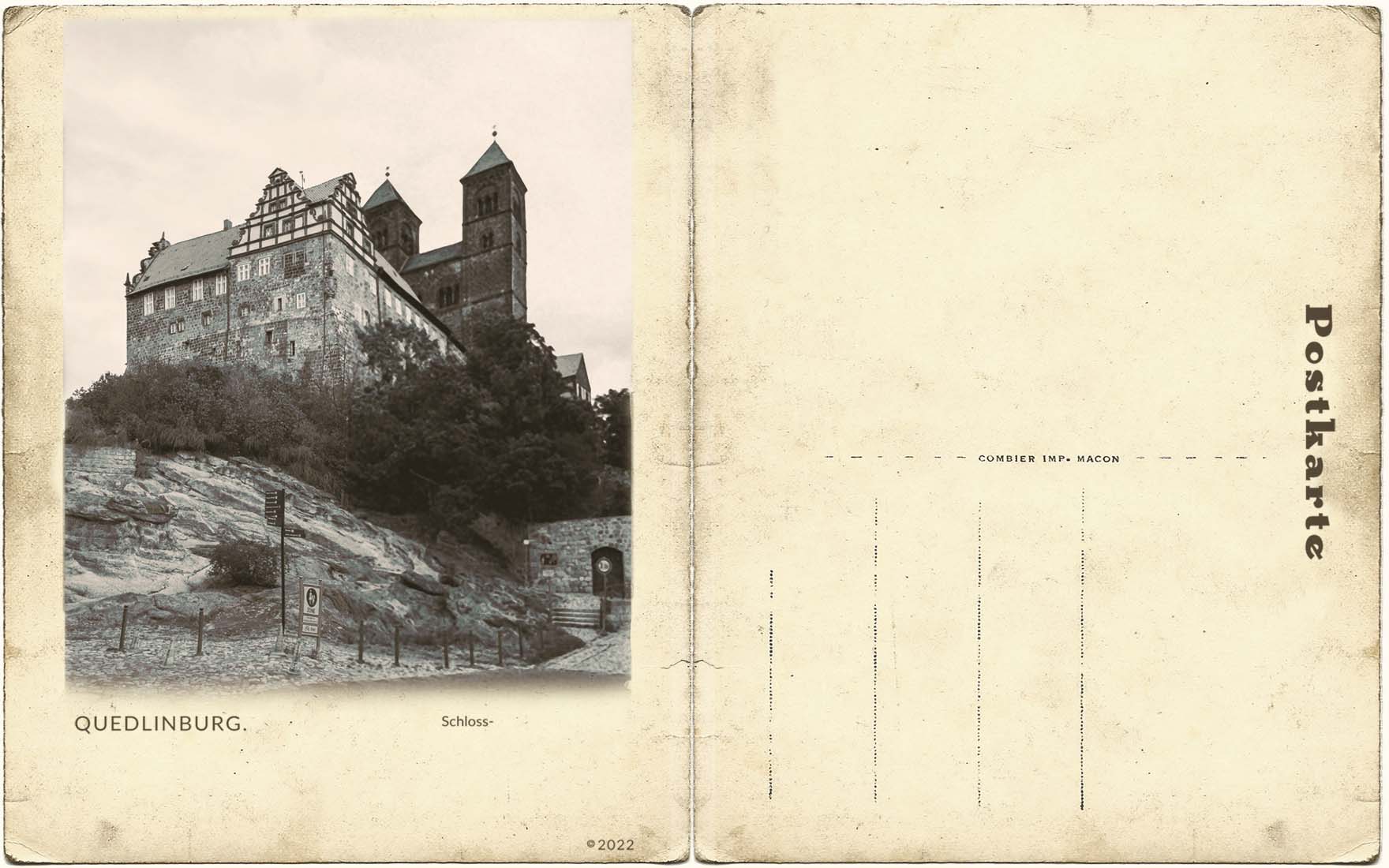The Castle Ruins & Garden
The name ”Castle Garden” is misleading, because a 12th century castle had no garden. A more fitting name would be be the gardens where once stood a castle. The Castle Garden in Rothenburg is the site where the royal family of Hohenstaufen established its imperial castle in 1142. King Conrad III reigned over his kingdom from here, but was the only ruler who actually used Rothenburg Castle. His sons died relatively early and the castle quickly lost its importance - but not before it had formed the seed of the town.
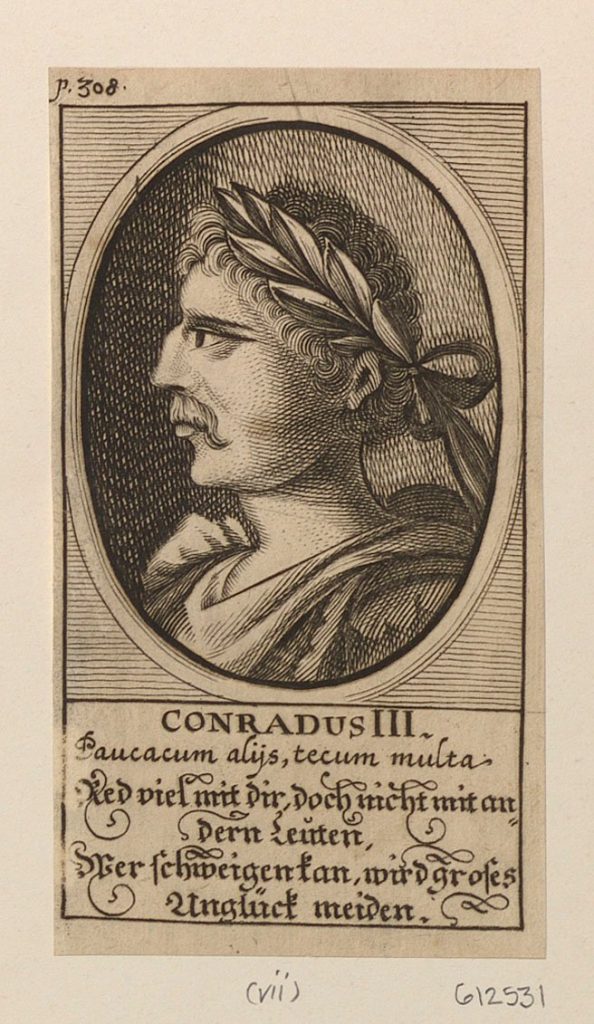
The appendix-like park on the west side of Rothenburg was where Conrad III, King of Germany (House Hohenstaufen) built his royal castle in 1142. The castle led to the development of an adjoined village by 1170 and became known as Rothenburg ob der Tauber, meaning Red Castle (or fortress) over the Tauber (River). Conrad selected this location because the fertile land was cheaper than in other administrative centers – like Bamberg or Würzburg – and also because he had close ties to the area. Through his bloodlines, Conrad was directly related to all previous 18 Holy Roman Emperors going back to Charlemagne the Great and was destined for the throne. Through various palace intrigue and politics, Conrad was crowned the King of Germany. The newly crowned King Conrad III grew to be one of the most powerful men in Europe over the next 14 years and seemed destined for the Holy Roman Empire Crown which was vacant for some time. However, the emperorship would forever remain elusive as he died on the 15th of February 1152 of malaria. Conrad’s son (Frederick IV) was given his father’s castle in Rothenburg and named the Duke of Swabia, but never had a chance to rule . As he joined his cousin’s campaigns in Italy, he died, heirless, from disease after occupying Rome in 1167 at the age of 21. After Duke Frederick IV’s death in 1167, the castle was only lightly used. The last Hohenstaufen King of Germany (Conrad IV) only stayed at Rothenburg Castle seven times between 1238 and 1251 and the Hohenstaufen line died out in 1254. After then, it sat mostly vacant as (Holy Roman) Imperial Property, however, the town that sprung up around the castle sat on two major trade routes. Thus, Rothenburg was given the title of Free Imperial City in 1274 by Rudolf I King of Germany (Habsburg Dynasty). By 1400, Rothenburg had become one of the ten largest towns in the Holy Roman Empire, with a population of over 6,000.
Burggarten (Castle Ruins & Garden)
In 1356, Castle Hohenstaufen was ruined by a large earthquake (known as the Basel Quake), which also damaged sections of the old city wall. When it became clear that it was impossible to reconstruct the collapsed castle, the citizens of Rothenburg were granted permission by the Emperor Charles IV to use the stones – a valuable commodity at the time – to erect municipal buildings and to repair and bolster a growing Rothenburg’s fortifications. However this building was not originally a chapel but rather the Upper Ducal House and likely the conference building where the king received his guests. The building was dedicated as a chapel after the renovation and now serves as a memorial to the fallen of the two World Wars as well as the site of the memorial to the pogrom of 1298.
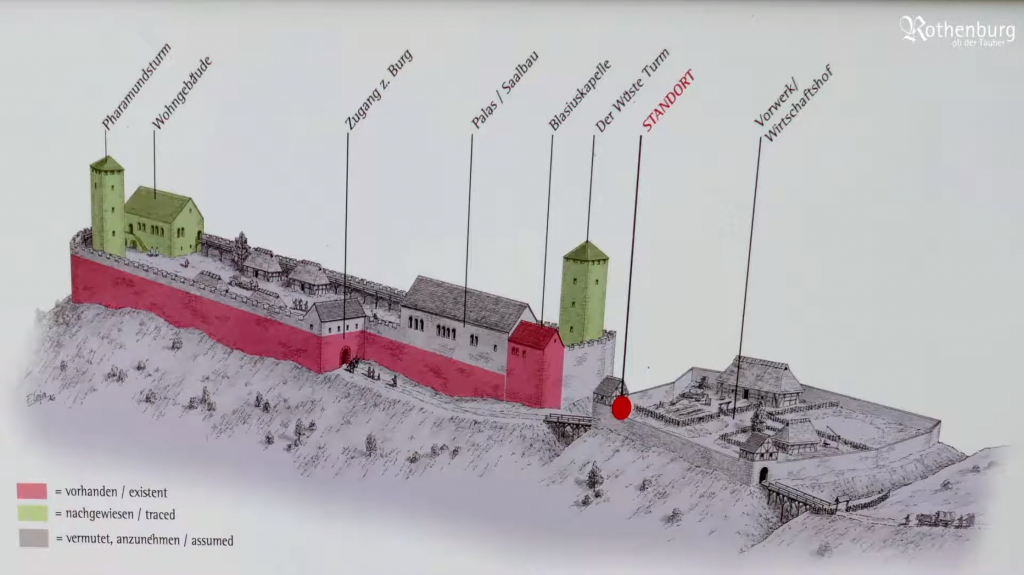
This morning, I have three places I want to see before I leave – I am tired but eager. I pack my bag and check out of the hotel, stowing my bag at the front desk. Leaving the hotel, I retrace my steps from yesterday.
It is relatively early and a Monday so the tourist foot traffic is drastically reduced from that of yesterday. Therefore, I am able to navigate with ease (and with a much better view of the town). To be honest, it is wonderful to be able to walk the streets alone – well, somewhat alone. I stop to grab a cappuccino and a croissant and continue my walk.
This time, instead of turning right at the market square, I walk straight…straight towards my first stop – the Burggarten (Castle Garden). The name is somewhat misleading – there is no longer a castle here nor is it the gardens of a former castle. Rather it is the spot where a castle once stood and is now a garden.
Walking through the Fürbringer Barn Gate (now the Burgtor or Castle Gate), I enter what was formerly the walled farmyard (wirtschaftshof) that was connected to the fort-like castle by a bridge (the red dot on the image above). The remnant of the tower of the former Franciscan monastery, the Franciscan tower now kiosk, together with the Führbringer tower represents the Burgtor.
The only part of the castle complex that remains is the Chapel of Saint Blaise only it wasn’t originally a chapel. The castle had no chapel and the building was first the Ducal House that connected to the King’s private quarters and where guests were received. In 1400, Mayor Toppler rebuilt the former Ducal House into what is now the Chapel of Saint Blaise. For those interested, Saint Blaise is the patron saint of wool combers and throat disease. His feast is on February 3 or 11 (depending on the church) so get ready to celebrate. Inside, the chapel is spartan but is adorned by one stained glass window and numerous faded frescoes. One fresco of an angel is painted at the top of a window such that the angel illuminated by the morning sun but it is also looking down on those within the chapel’s walls. The chapel is also home to a stone memorial for the Rintfleisch Massacre of 1298 in which Rothenburg’s Jewish community had to seek refuge in the Hohenstaufen Castle for three days when a traveling mob arrived to kill them in a religious persecution burning and killing a majority of Rothenburg’s 500 Jewish residents. More recently, a second memorial was added inside the chapel for those who died in WW I and WW II.
Roaming further down the former castle grounds, I run into an orange house – this is the Garden House (Gartenhaus) cottage which was once the main entrance into Hohenstaufen Castle. The cottage was built over the foundations of the ancient gatehouse in the 1600s and still incorporates the old Romanesque archway into its Eastern facing façade. Although castles in the 1100s did not have pleasure gardens, the west side of the cottage has a little baroque garden in what would have been the fortress’ main courtyard. The garden has geometric flower beds with eight sandstone statues representing the four seasons and four elements. Since it is September, I am too late for any spring/summer blooms and too early for any autumn foliage color.
Walking along the walls of the old imperial castle, I can get an idea of what the shape of the castle once was. While walking I can see the remains of the buildings with window niches on the outer sides of the castle. The park itself was created in the 19th century – the lime and beech trees are over two hundred years old. As I walk, I sip my cappuccino, Looking at the stunning views of the valley below as well as glimpses of the town peeking through the trees.
Its getting warm and I still want to visit the two museum before I leave Rothenburg for my next destination. On the way out, I am treated to a busker playing his flute. I stop for little while before turning to walk back into the village.


